Looking back at the new RAH’s first year on the job
IT was supposed to be the $2.4b tonic to cure the SA’s health systems ills. It’s been a year since the new Royal Adelaide Hospital took in its first patients. Here’s how it went...
READ BELOW: Two strokes but Ron’s not out
READ BELOW: ‘The Devil’s in the design’
IT was to be the hospital to “fix” problems in the health system, a world-class facility built to handle the demands of generations to come.
But just a year after opening the $2.4 billion, 800-bed Royal Adelaide Hospital remains a magnet for controversy — its Emergency Department is chronically clogged, it has been bedevilled by “teething” problems and troubles have overshadowed the many good news stories in the building.
The hospital officially opened on September 5 last year when its ED opened for business, and the department has been running near or above capacity virtually ever since.
It can be a long wait for a relatively minor problem — but if you have a genuine life-and-death emergency the data shows you will be seen immediately. Regardless of critics, if you are in serious trouble the RAH is a world-class safety net.
Initial problems in its first year, and efforts to improve, include:
FOOD — Initial widespread complaints about the quality, or meals turning up hours late, partly blamed on the automated delivery system.
However, work with provider Spotless to improve the service resulted in a survey in March finding 98 per cent of patients reported overall satisfaction as OK or above, and 65 per cent rated the food as good or excellent.
BLACKOUT — One seventh of the hospital was hit by a blackout when a back-up generator being tested ran out of fuel, interrupting two surgical procedures. Three people were trapped in lifts, radiotherapy and dialysis treatments were halted, and a patient injected with radioactive dye for a PET scan was rushed to another building.
ACID SPILL — Fire crews were called in January after 80 litres of sulfuric acid spilt when four large batteries ruptured in a power generator room.
COST — The cost of the hospital was revised upwards from $2.3 billion to $2.4 billion.
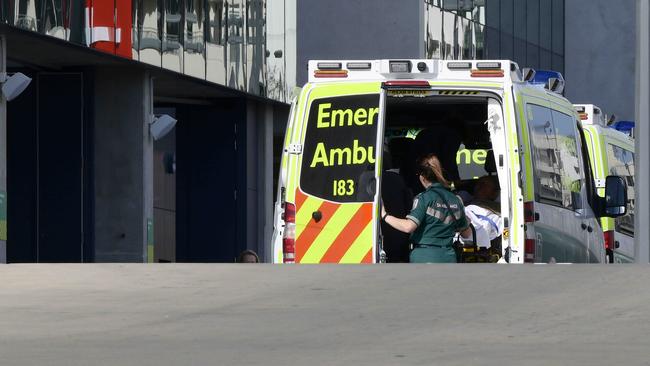
FINANCES — Consultants KordaMentha have been brought in as the Central Adelaide Local Health Network (CALHN) which includes the RAH struggles with a $250 million budget blowout partly blamed on the move to the new hospital.
EFFICIENCY — $130 million of the $250 million budget blowout is blamed on inefficiency. Health Minister Stephen Wade says the RAH is paying “about 20 per cent more” for the same services compared to the national average.
RESUSCITATION ROOMS — Complaints from medics that they are simply not big enough. There have been minor alterations to improve the space required for level-one trauma and a more permanent solution to increase the capacity and space will be considered following a review.
OUTPATIENTS — Complaints about space resulted in a ward being converted for use.
CEILINGS — The height in some operating theatres had to be adjusted as they were too low.
EPAS — The electronic patient record system EPAS is only partially working and implementation was stalled pending an ongoing inquiry. Paper records have to be brought in from document storage depots.
LEGIONELLA — Trace amounts of the legionella bacteria were found in 16 drinking taps out of 207 that were tested shortly after the hospital opened, forcing a temporary shutdown of the drinking water system.
ACCREDITATION — Held over until improvements were made.
RAMPING — Constant ambulance ramping due to the chronically crowded ED caused problems with exhaust fumes. Then when ambulances parked with their rear towards North Tce, privacy screens were needed.
DURESS ALARMS — A year after the hospital opened, duress alarms on what was supposed to be a psychiatric intensive care unit still do not work, despite the $1 million-a-day payments for maintenance — so it is being converted to a general mental health ward. A software upgrade is expected to be completed in the next 10 weeks.
GENERAL — There have been problems with doors not opening, with electronic signs and the internet not working, and complaints about lockers, and about parking for nurses.
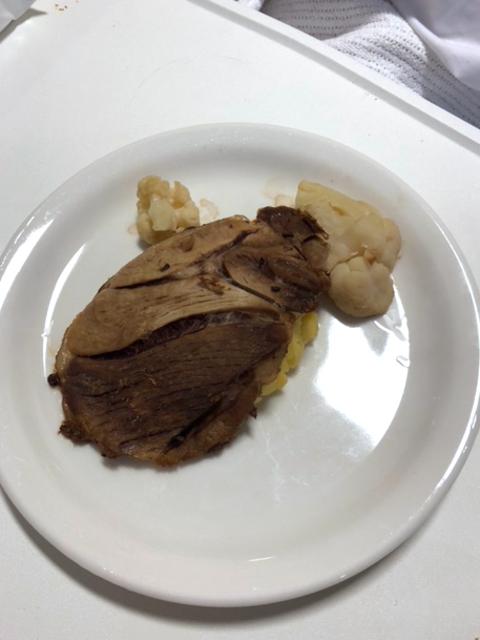
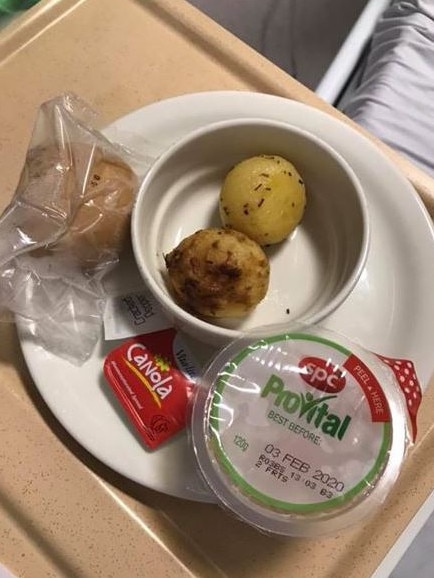
A KEY problem has been the Emergency Department being clogged.
A discharge lounge was opened to free up space and in its first three months about 565 patients who were ready to be discharged home or transferred to other facilities have used the lounge.
Officials say the current discharge lounge will continue to operate while other options are considered. Other strategies to free up the ED include:
TWO extra emergency theatres brought online to increase surgery clearance rates, bringing the total to six. This has improved the clearance rate of surgery times from 39 per cent on time to 67 per cent.
AN Enhanced Recovery After Surgery protocol for colorectal surgery, which began in April, 2018 has seen the length of stay reduce from 16 days to 6.7 days.
A SEVEN-DAY physiotherapy service in the ED to assist in faster diagnosis and commencement of treatment to decrease length of hospital stay.
LONG Length of Stay meetings are being held weekly to solve issues related to discharge.
Central Adelaide Local Health Network chief Jenny Richter acknowledged the first year had been challenging and noted there was “much to celebrate”.
“First and foremost I want to thank all our staff and volunteers for their hard work and support during this first year,” she said.
“I also want to thank our patients, their carers and families for their patience while we settled in to our new home. This milestone is a chance to reflect on the year that’s been and there is much to celebrate.
“Our stroke unit has become a centre of excellence for the state and our clinical trials centre is regarded as world-best practice. I also want to acknowledge the collaboration among our Statewide services — pathology, imaging and pharmacy — that provide exceptional support for our clinical staff and patients, as well as the SA Ambulance Service who are our valued partners in providing critical care.
“However, there is still more work to be done. Our focus must now be on turning our organisation around and achieving financial sustainability and improved clinical performance.
“Our goal will continue to be to provide better care, better quality and better outcomes for each person that walks through our doors.”
Controversy aside, first-year highlights for the hospital include:
CLINICAL TRIALS CENTRE — two state-of-the-art clinical trial facilities in the hospital, including a “shop front” outpatient service, which have ensured the number of clinical trials being conducted at the RAH will continue to increase.
Since the opening of the RAH clinical trial facilities in December 2017, 130 clinical trials have started in areas including cancer, haematology, gastroenterology, hepatology, renal, rheumatology, respiratory, immunology, diabetes and endocrine, cardiology, orthopaedics and trauma, neurology, intensive care, mental health and allied health.
Thousands of patients are benefiting from the additional monitoring they receive as part of their involvement in any one of the almost 700 clinical trials now being conducted at the RAH.
RADIATION ONCOLOGY — there are four state-of-the-art linear accelerators at the RAH, compared with three ageing machines at the old RAH.
These new machines have resulted in a 20 per cent increase in activity since the move to the new hospital, giving cancer patients timely access to radiation therapy treatment.
Two machines can deliver unique specialised treatments — stereotactic radio surgery (SRS) and stereotactic ablative radiotherapy (SABR), with about 100 more SABR cases being treated at the new RAH compared with the former site. The unit has treated about 400 additional patients over the year, with greater access to more specialised treatments.
SA MEDICAL IMAGING — medical imaging is distributed throughout the hospital to support the various patient journeys, providing general X-ray, CT, MRI, ultrasound, mammography, fluoroscopy including angiography and imaging guided intervention.
The new hospital has more than double the equipment compared with the old RAH, resulting in an improvement in wait times. These include seven CT machines (two in old RAH), eight X-rays (four), seven ultrasounds (four) and four MRIs (two).
FALL RATES — since the move to the new RAH, the rate of falls has dropped by 10 per cent compared with the same period in 2016/17.
For the financial year 2017/18, the RAH had 116 fewer falls than for the previous year and 160 fewer pressure injuries than for the previous year.
This has been attributed to the new bed set up and the practice of nurses and patients working together to help individualise care.
KIESTRA AUTOMATED LABORATORY — the largest fully automated microbiology laboratory in the Southern Hemisphere, the BD Kiestra Total Lab Automation, is the only one of this type in SA and has the capacity to speed up results by 40 per cent.
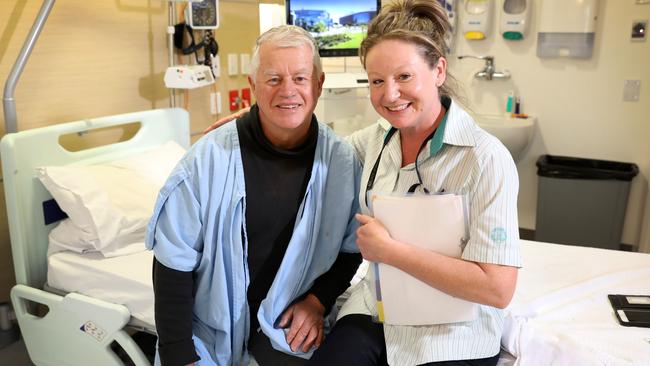
Two strokes but Ron’s not out
RON Mancer is proof of the superb skills and compassionate care at the RAH for people in a genuine emergency.
The 60-year-old, of Windsor Gardens, was working at the Darlington interchange last Sunday night when alert workmates noticed what they thought might be signs of a stroke and called an ambulance.
He was taken to Flinders Medical Centre and then the RAH where there are on-site stroke doctors 24/7.
Mr Mancer had lost the power of speech and some vision, and had emergency clot-dissolving treatment within 30 minutes of arrival. He was then closely monitored.
His speech and vision slowly returned but, the next day, experienced stroke nurse Sarah Geary realised something wasn’t right.
“I noticed the most subtle change in one of Ron’s eyes and I instantly knew he was likely having another stroke” Ms Geary said.
Mr Mancer was taken to theatre for emergency surgery where a deadly blood clot was suctioned from his brain.
He was discharged on Thursday with no crippling after-effects from the two strokes.
His treating doctor, Associate Professor Jim Jannes, says Mr Mancer’s case is remarkable.
“He had two strokes and will walk out of hospital, most likely with no residual effects” he said.
“I have no doubt the specialist procedures we can offer have vastly improved the outcome for Mr Mancer, if not saved his life.”
Mr Mancer can’t speak highly enough of his time at the RAH.
“I feel so very lucky that I could be brought here, to be so well taken care of by such fantastic staff,” he said.
“I also want to thank my co-workers, my supervisor and my bosses for looking after me on Sunday night.”
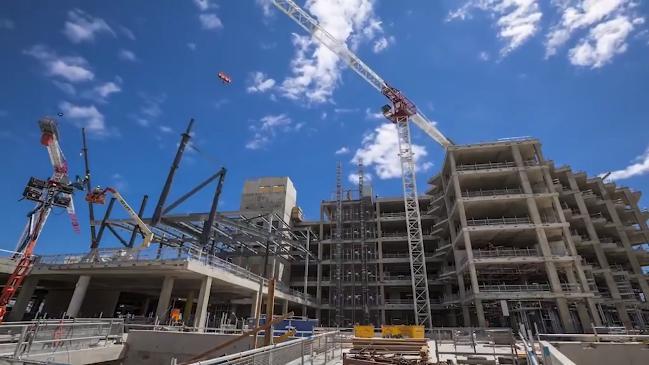
‘The Devil’s in the design’
PEAK bodies representing doctors and nurses continue to have concerns about the RAH while praising some aspects.
Australian Nursing and Midwifery Federation SA branch secretary Adjunct Associate Professor Elizabeth Dabars said the RAH was providing excellent care to patients.
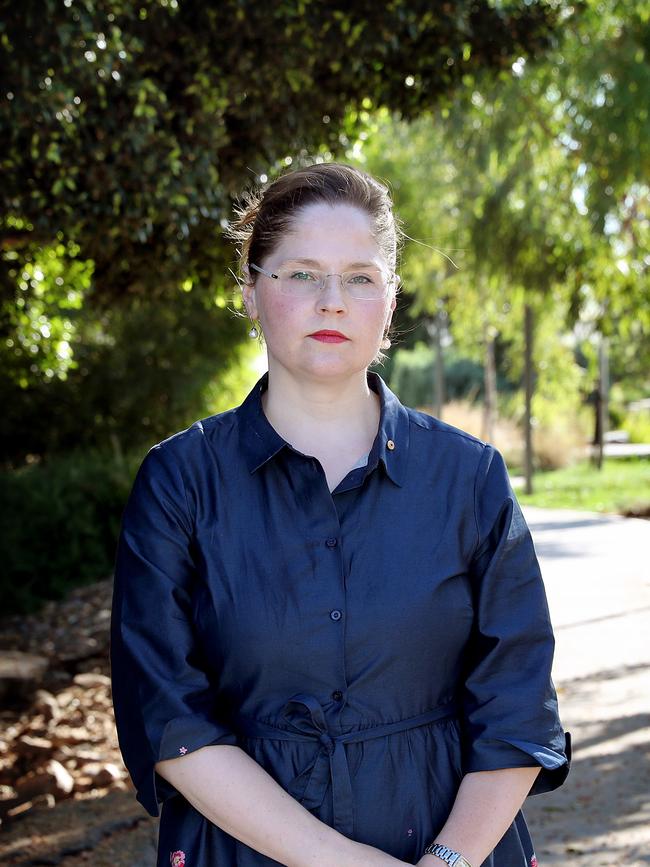
“However, there remain very real issues of performance — access blocks, direct admissions not being effective due to bed capacity being constantly full, and system and design faults that get in the way of staff being able to provide care effectively and efficiently,” she said.
“Emergency department capacity and design is a major problem with almost perpetual ambulance ramping, capacity stretched by patients waiting for transfer to ward beds, and lack of holding/waiting spaces as a result of the design.
“We are constantly hearing of new examples of poor design decisions that are impacting on nurses being able to provided effective care.
“For example, the size of ‘clean’ storage areas in wings limiting access to items stored there. The lack of resolution of patient information and storage needs to be addressed soon following completion of the review of EPAS.”
Prof Dabars noted most of the issues associated with meals, supplies and clinical equipment had been resolved.
“There is no doubt that the new hospital provides vastly superior physical accommodation to patients in all areas,” she said.
“Single rooms provide an enhanced environment for rest and recovery, but they also present challenges to care and for patients to socialise with others.
“The closeness of relevant services to one another in the vertical stacking of services (ED, diagnostics, ICU, and theatres with the helipad above) is a significant improvement in the interests of effective patient care.”
Australian Medical Association SA branch president Associate Professor William Tam noted food quality had improved, and the patient experience was generally good in a “five-star facility — a brand new shiny building”.
However, he said functionality was still poor — possibly related to the sheer size of the building — length of stay had increased, and there were still unresolved issues with several services including the sleep laboratory and diabetes, as well as problems with mental health services.
He noted problems remain with EPAS and the pathology computer system EPLIS is slow and not integrated.

